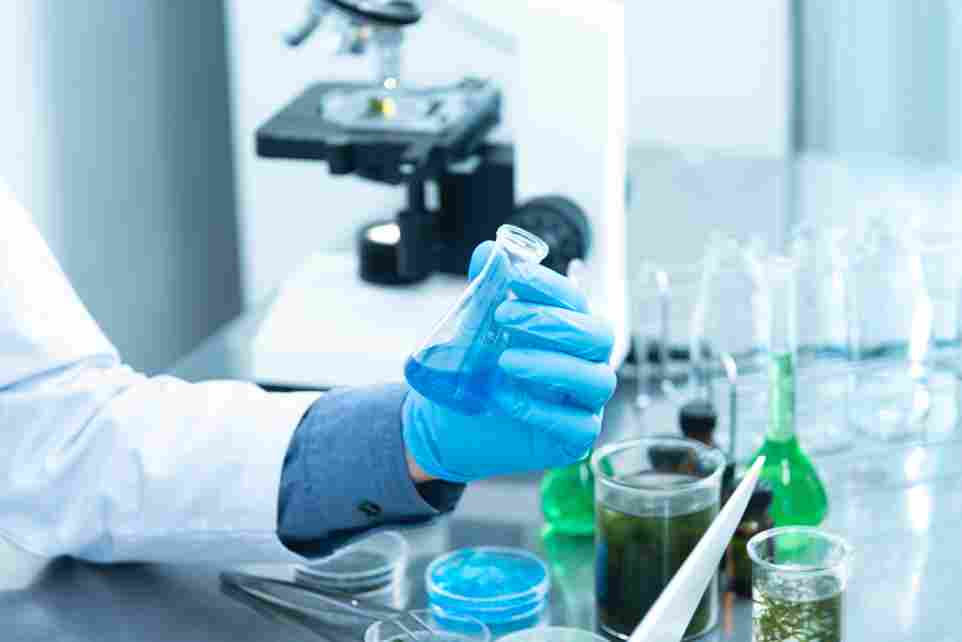In the world of pharmaceuticals, quality is non-negotiable. Patients rely on medicines to improve their health, and any compromise in quality can have serious consequences. To guarantee the safety and efficacy of pharmaceutical products, the industry relies heavily on compendial testing. In this article, we will delve into the realm of compendial testing, understanding what it is, its significance, and how it ensures the highest standards of pharmaceutical quality.
Compendial Testing: The Foundation of Pharmaceutical Quality
Compendial testing refers to a set of standardized tests and procedures outlined in pharmacopeias, which are comprehensive reference books in the field of pharmacy. These tests are developed and maintained by pharmacopeial organizations such as the United States Pharmacopeia (USP), the European Pharmacopoeia (Ph. Eur.), and the Japanese Pharmacopoeia (JP).
The primary purpose of compendial testing is to establish quality standards for pharmaceutical ingredients, products, and dosage forms. These standards are crucial for the pharmaceutical industry because they provide a common language and set of criteria for assessing the quality of raw materials, finished products, and manufacturing processes.
Why Compendial Testing is Essential
Patient Safety: The ultimate goal of compendial testing is to ensure that pharmaceutical products are safe and effective for patient use. By adhering to compendial standards, manufacturers minimize the risk of producing substandard or contaminated medications that could harm patients.
Consistency: Compendial standards help maintain consistency in pharmaceutical manufacturing. When manufacturers follow established test methods, they can reproduce the same quality product batch after batch.
Regulatory Compliance: Regulatory authorities worldwide, such as the FDA in the United States, often require pharmaceutical companies to meet compendial standards to gain approval for their products. Non-compliance can lead to regulatory sanctions or product recalls.
International Trade: Compendial standards facilitate international trade in pharmaceuticals. When products meet compendial requirements, they can be confidently exported and imported, ensuring that patients worldwide have access to safe and reliable medications.
Key Compendial Tests and Parameters
Compendial testing encompasses a wide range of tests and parameters, including but not limited to:
Identity Testing: This verifies that the pharmaceutical ingredient or product is what it claims to be. Techniques like spectroscopy, chromatography, and microscopy are used to identify compounds.
Purity Testing: Purity tests ensure that a substance is free from impurities, such as contaminants or degradation products. For this, high-performance liquid chromatography, or HPLC, is frequently used.
Potency Testing: Potency tests measure the concentration of the active pharmaceutical ingredient (API) to confirm that it falls within the specified range.
Dissolution Testing: Dissolution tests assess how quickly a drug substance dissolves and becomes available for absorption in the body. This is crucial for oral dosage forms.
Microbiological Testing: Microbiological tests check for the presence of harmful microorganisms, ensuring that pharmaceutical products are sterile and safe for use.
The Role of Sample Preparation
Sample preparation is a critical component of compendial testing. Properly prepared samples are essential for obtaining accurate and reliable results. Sample preparation involves activities like weighing, mixing, dilution, and extraction, depending on the specific test being conducted.
For example, when conducting purity testing using HPLC, sample preparation may involve dissolving the pharmaceutical substance in an appropriate solvent, filtering it to remove particulate matter, and then injecting it into the chromatograph for analysis. The accuracy of the purity test results depends on the precision of the sample preparation steps.
Compendial Testing and Modern Analytical Techniques
While compendial testing has been the gold standard for pharmaceutical quality control for many years, it has evolved to incorporate modern analytical techniques. Advanced instruments, such as mass spectrometers and nuclear magnetic resonance (NMR) spectrometers, have enhanced the capabilities of compendial testing, allowing for more accurate and detailed analyses.
These modern techniques not only improve the sensitivity and specificity of compendial tests but also enable the detection of trace impurities and the characterization of complex drug substances.
Final Thoughts:
Compendial testing serves as the cornerstone of pharmaceutical quality assurance. It sets the standards and guidelines that ensure the safety, efficacy, and consistency of pharmaceutical products. As the pharmaceutical industry continues to evolve, compendial testing will remain an indispensable tool in maintaining the highest standards of quality and safeguarding patient health. Pharmaceutical manufacturers, regulatory bodies, and healthcare providers all rely on compendial testing to ensure that every medication meets the rigorous criteria necessary for patient well-being.






